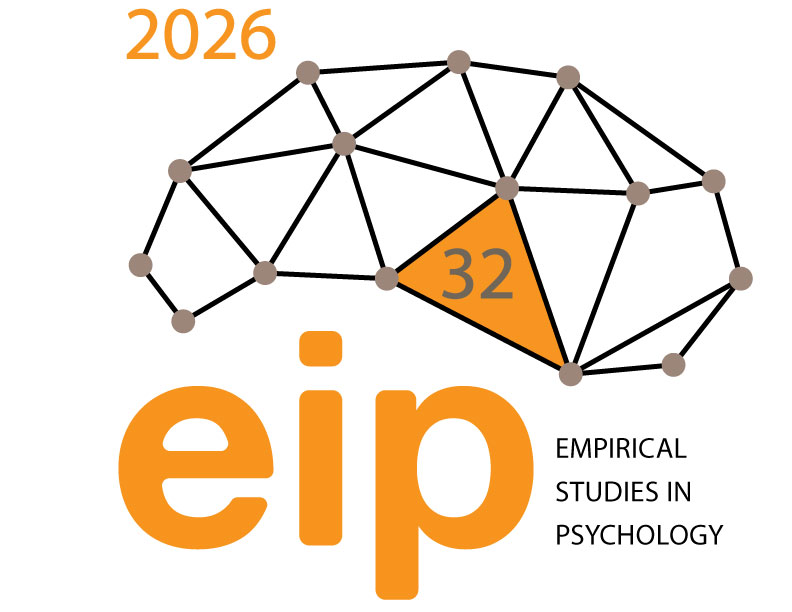Visual illusions and related phenomena
Dejan Todorović
Laboratory of Experimental Psychology, University of Belgrade
Our senses have the capability of very sensitive and detailed registration of various states and happenings in the environment, and thus provide an indispensable basis for successful coping and adequate action in the world. The complexity of this capability is reflected in the fact that a considerable portion of the cerebral cortex is dedicated to the reception and processing of sensory information. However, although the sensory systems are generally very successful in the fulfillment of their key biological role, there nevertheless also exist exceptions, that is, cases of discrepancy of objective reality and subjective impressions. In the domain of the visual sense such phenomena are usually called visual illusions, and they have for a long time attracted the attention of psychologists, philosophers and neuroscientists, as well as artists and the general public. However, discussions in the literature indicate that a more precise definition of this notion is not simple and that there are different conceptions of the nature of illusions, including views that they cannot even be defined properly. In the presentation it will be discussed, using many well-known as well as novel illustrations, on the basis of which criteria visual illusions could be defined more precisely and demarcated from related phenomena which have some but not all defining characteristics of classical illusions. Visual illusions may be present in very simple visual configurations which consist of only a few elements (lines or surfaces), whose positions, sizes, angles, colors, motions etc. are not perceived correctly. Such phenomena have been studied empirically for more than 150 years, not only as intriguing demonstrations but also using specific quantitative experimental techniques. The scientific interest of such studies does not consist in simply showing that the senses may occasionally deceive us, so that our impressions deviate from reality, but rather because the characteristic structure of these deviations, that is, for which stimuli, under what conditions, in which way and to what extent the senses make errors, provides valuable information about the nature of functioning of sensory systems, so that it can be said that ‘visual illusions reveal visual truths’ (Jan Purkinje, 1819). However, it can also be said that up to now they have only partially fulfilled their revelatory role. This is because although numerous and diverse theories have been proposed for different illusions over the course of many years, based on optical, anatomical, neural and cognitive mechanisms, many still lack generally accepted explanations. In contrast to various other psychological phenomena, ’the problem’ with visual illusions is not that there is a shortage of reliable quantitative empirical data about them, but rather that there is a ’surplus’, in the sense that it is not easy to construct an adequate theory which would take into account the mass of already established facts and explain them in a satisfactory manner. As a concrete example of a specific type of approach to explanations of illusions, a computational model of a group of salient illusions of perception of orientation will be presented, based on neurophysiological findings of reactions of retinal and cortical visual cells.
 |
Dejan Todorović obtained a bachelor’s degree in mathematics from Belgrade University and master and PhD degrees in experimental psychology from the University of Connecticut, USA. He is a member of the Laboratory of experimental psychology, and before retirement was for a long time professor at the Department of Psychology at Belgrade University. He gave plenary talks at scientific meetings in Italy in 2013 i 2018, and invited talks at universities in Germany, France, England, Croatia, USA, Canada, Australia and Japan. He published many papers in scientific journals (https://scholar.google.com/citations?user=idYPHVUAAAAJ&hl=en). His web article on Gestalt principles at Scholarpedia (http://www.scholarpedia.org/article/Gestalt ) was accessed almost 900.000 times, based on information on the site. He wrote a textbook on Methodology of Psychological Research and a book on the effects of context in visual perception, and was a co-editor of the Oxford Compendium of Visual Illusions (https://academic.oup.com/book/27344 ). He studies visual perception, and his scientific interests include demonstrations, experimental research, mathematical analyses and computational models of perception of basic visual features such as color, size, orientation and shape, and more complex visual aspects, such as perception of gaze direction, linear perspective and pictorial space. |
